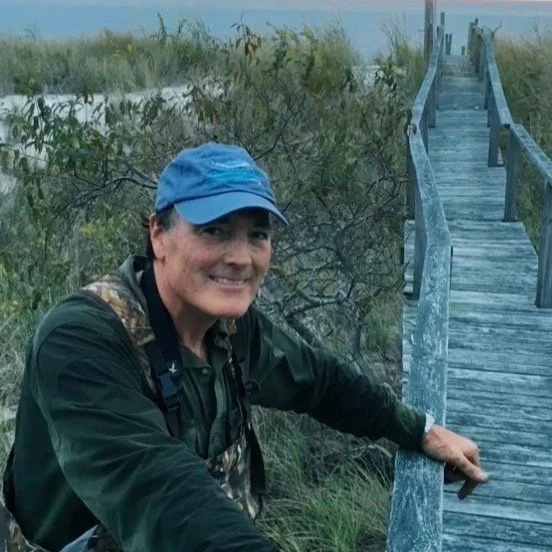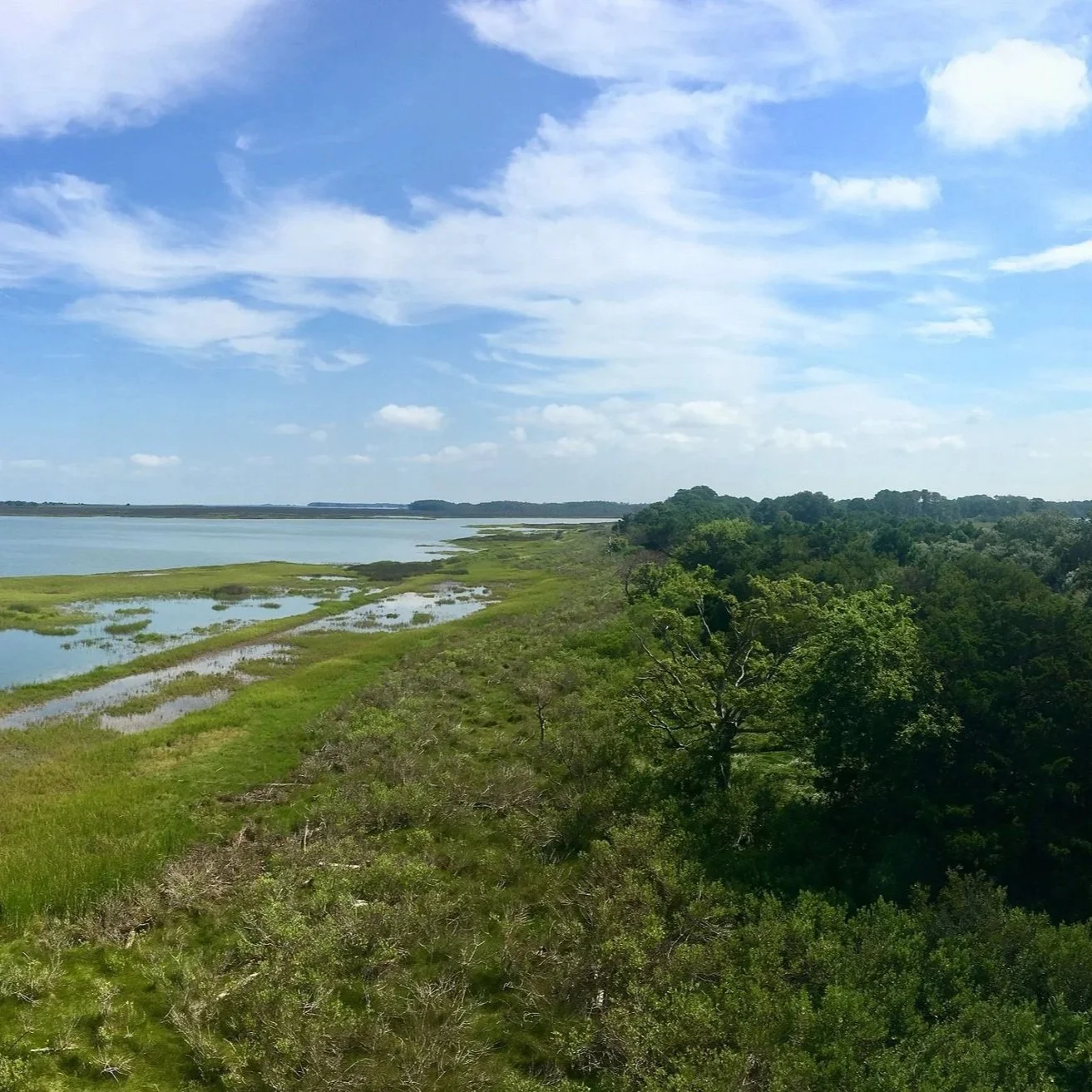Whether passing from generation to generation or transferring through a sale, land changes hands. Each steward leaves their mark—restoring an historic home, planting a garden, adding a garage, or even placing a conservation easement on the property. Conservation easements preserve farms, forests, and wetlands forever and also pass with the land from owner to owner.
“While we weren’t planning on selling the property at that time, we considered that things change hands,” David Turner said, “A conservation easement protects the conservation benefits of the land when the property transfers to new ownership. I feel at ease knowing now that the property is owned by someone new, the conservation easement will preserve the land undeveloped and as open space.” David Turner and his family owned Corratock for 25 years. The property is 1,100 acres on the Chesapeake Bay. It includes extensive marsh, about 2.5 miles of beach and an historic home from 1780.
David Turner
“A conservation easement protects the conservation benefits of the land when the property transfers to new ownership. I feel at ease knowing now that the property is owned by someone new, the conservation easement will preserve the land undeveloped and as open space.”
To facilitate smooth changes in ownership, Virginia Eastern Shore Land Trust connected with the Eastern Shore Association of Realtors to offer a class on conservation easements for realtors. The first class and the introduction of the Conservation Easements Guide for Real Estate Professionals launched in 2023. VES Land Trust’s Executive Director Hali Plourde-Rogers offers the presentation for the Association annually with the most recent course in May. The presentations have opened a positive dialogue around land transfers and positioned VES Land Trust as a resource for real estate professionals and landowners.
Conservation easements are designed to favor conservation purposes—farmland, forestland, and wildlife habitat—over development rights. But each one is tailored to the property it protects. With Corratock, David was motivated to protect wildlife habitat and the Chesapeake Bay: “The less developed the land is, the less impact on and pollution in the creeks and bays. Clean water is good for us and wildlife,” said Daivd. This uniqueness adds challenge to marketing a property for sale with a conservation easement.
a long-term vision for the land
Stewarding and Protecting Open Space Across Generations and Ownership
Prospective buyers often have questions about the reserved rights, uses, and restrictions the easement imposes that a realtor may not be able to answer. Anne Kyle Doughty with Coldwell Banker Harbor Realty said “I feel much more confident now than when I had my first listing that was covered by an easement. Like anything, with experience comes knowledge. It’s been most useful having all of the documents. The interaction and ‘access’ to VES Land Trust is also instrumental in getting people answers for things I may not understand or have questions about. I have enjoyed being part of the VESLT properties I have worked on.”
No two properties are completely alike. And a conservation easement adds a unique set of rules for subsequent stewards to follow. With Corratock, the new owner shares the vision of a wildlife haven that contributes to the health of the Chesapeake Bay. “We are committed to preserving the quality of the Chesapeake Bay and the amazing biodiversity that is so evident on the Eastern Shore. And, of course, the health of the Bay is highly dependent on what happens on the land that borders it. So, having Corratock protected by a conservation easement ensures that we will always be contributing to the health of the Bay and never to its decline,” said Brother Rutter.



